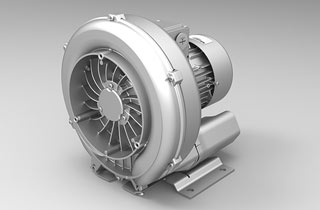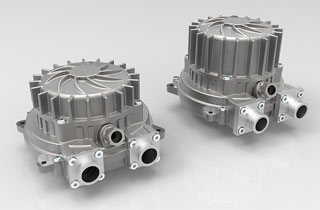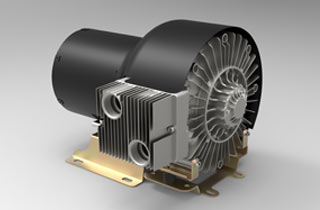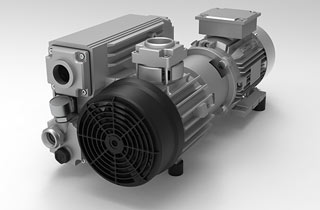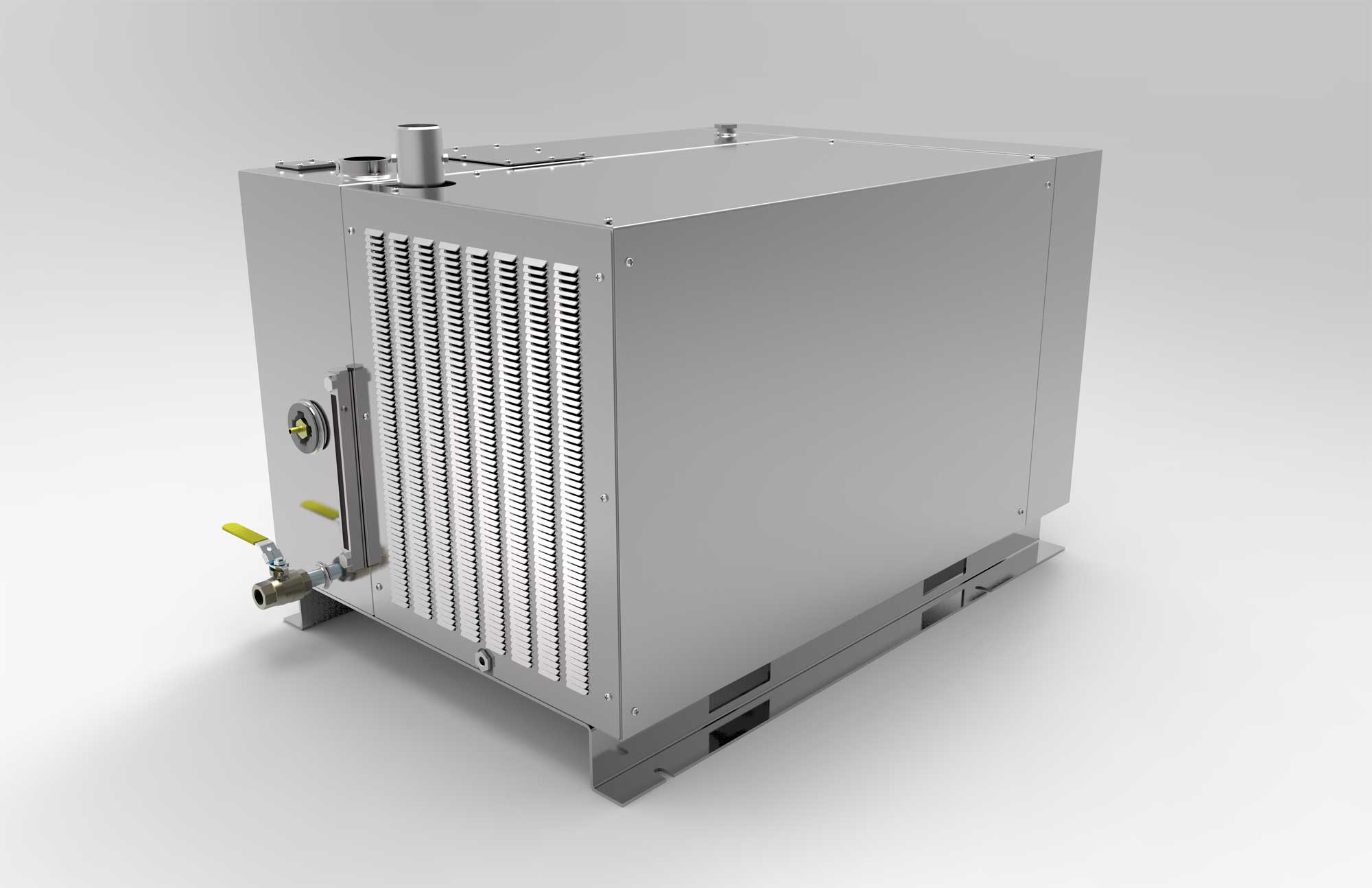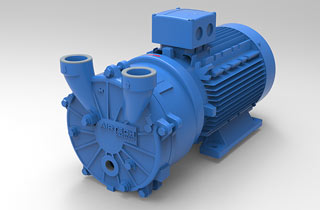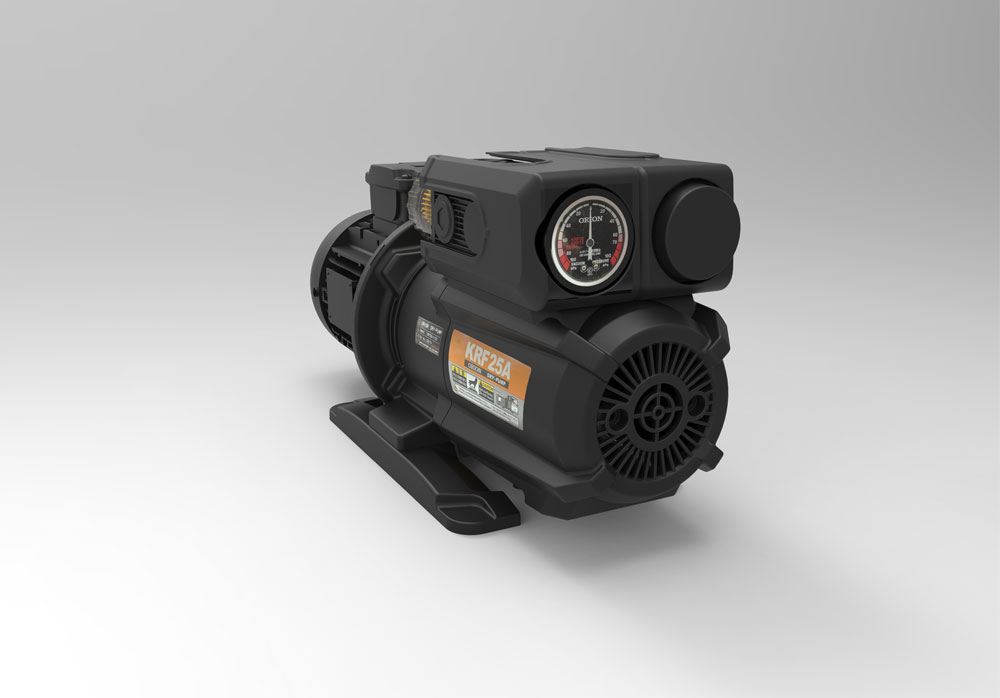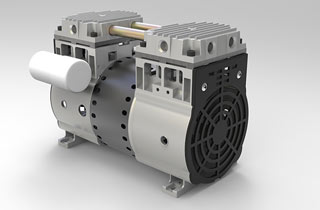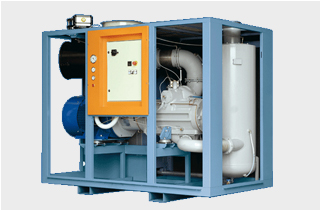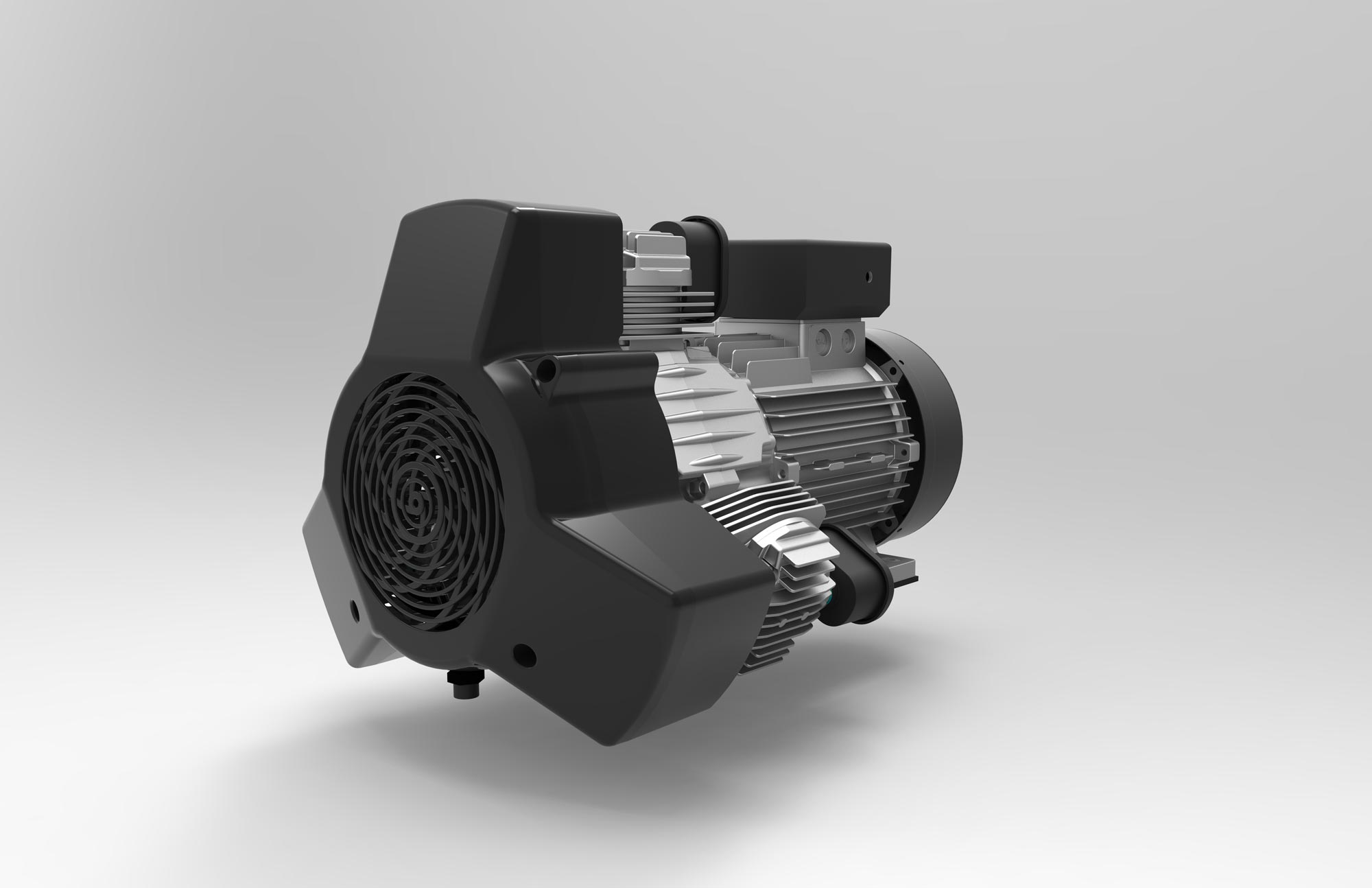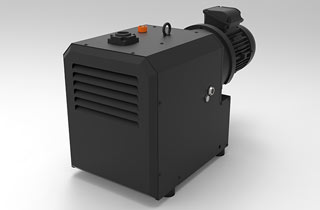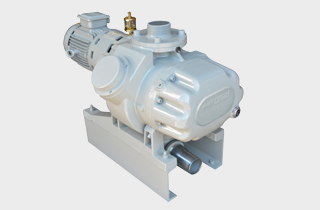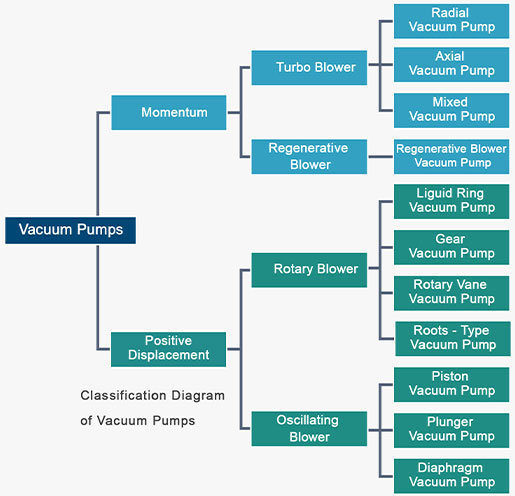WHAT IS VACUUM?
A vacuum is an area void of matter. Depending on how much matter or air is removed, different pressures are possible. Figure 1 provides different pressure ranges and their corresponding values ranging from atmospheric pressure to a theoretical perfect vacuum.
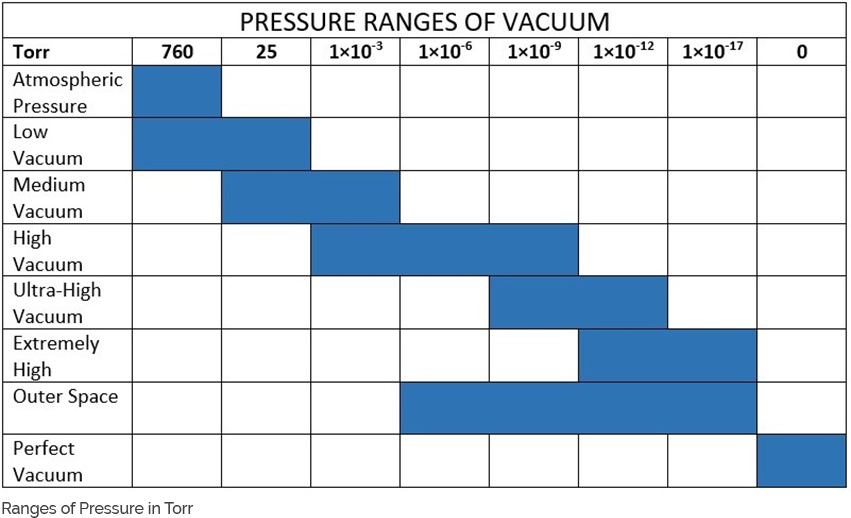
WHAT IS A VACUUM PUMP?
A vacuum pump is a device used to move gas from one place to another. When something is removed from an area near the pump’s inlet, it causes a vacuum in that area. Similarly, since the matter leaves the pump, there is additional matter near the pump’s outlet which increases the pressure providing a blowing effect.
WHAT ARE THE DIFFERENT TYPES OF VACUUM PUMPS?
As shown in Figure 2, vacuum pumps can be classified into two different groups, momentum, and positive displacement pumps.
MOMENTUM VACUUM PUMPS
For momentum pumps, energy is provided to the fluid, often with an impeller, increasing the velocity of the fluid. Therefore, due to the increase in energy, there is an increase in pressure at the outlet of the pump. Depending on the specific conditions the pump is exposed to, such as room pressure and temperature, different vacuum pressures are possible.
Momentum pumps can be classified by either turbo or regenerative. Both are considered centrifugal vacuum pumps because curved vanes on the impeller constantly force the fluid outwards, away from the center. Turbo pumps are developed by having either single or multiple rotors, each with equally spaced angled blades attached to it. When the rotor rotates, the gas molecules enter and collide with the blades, driving them towards the exhaust. Turbopumps are broken up into three categories: Radial, axial and mixed. Radial turbopumps have the outlet directed perpendicular to the inlet. The outlet of an axial pump is parallel to the inlet and the fluid flows axially throughout the pump which allows for lower pressures and higher flow rates. A mixed pump has an outlet in a direction in between an axial and radial pump.
A regenerative pump impeller has a different design that changes how the fluid behaves around it. There are rows of equally spaced vanes on each side of the rim. The unique design allows for the fluid to recirculate between the vanes which increase the energy of the fluid. The fluid in a regenerative pump flows through the vanes multiple different times, unlike a standard centrifugal pump. Regenerative pumps can either be used for vacuum or compression purposes and are useful for high pressure and low flow applications. They can be used with a fluid that has up to a 40 percent gas concentration which makes them a good choice where cavitation is a concern.
POSITIVE DISPLACEMENT VACUUM PUMPS
Due to the motion of a positive displacement pump, a suction is created at the inlet. The suction forces the fluid to enter the pump. Then, the fluid is transferred through the pump and exits from the outlet where the volume stays constant during the whole process.
Positive Displacement pumps are grouped by either a rotating or oscillating input motion. Some types of rotary pumps include liquid ring, rotary vane, gear, screw, and roots-type. All of these pumps have a rotating component which assists in transferring the fluid throughout the pump. Gear pumps use gears that mesh together which are beneficial for high viscosity fluids. Roots-type utilize lobes that mesh together and are commonly used to supercharge Otto engines. Rotary vane pumps incorporate a rotor that spins around with attached vanes of either fixed or variable length. The vanes provide a seal between itself and the casing which forces the fluid to be transferred. For this reason, rotary pumps are utilized for both high and low-pressure needs. Liquid Ring pumps exhibit a rotating motion that forces the pump’s fluid, often an oil, into a ring shape due to the centrifugal force inside the pump. A cavity is formed near the center where the fluid that is pumped, often a gas, can enter. Liquid Ring pumps are useful for both vacuum and compression situations.
The other type of positive displacement pump incorporates an oscillating motion. Some types include piston, plunger and diaphragm pumps. A back and forth motion creates a suction to pull the fluid into the necessary pipes. Piston pumps use a piston with a strong seal in order to effectively move gas or liquids. Diaphragm pumps have a flexible diaphragm that bends in order to create a suction and discharge pressure. Plunger pumps have a stationary seal where a cylindrical plunger enters in and out of to create a pressure differential significantly greater than that of a piston pump.
WHERE ARE VACUUM PUMPS USED?
Vacuum pumps have a wide range of applications and are utilized in many different industries. They are often used to move a fluid, either liquid or gas from one place to another. Applications include using a vacuum to preserve food or transferring gas from a gas tank to the engine. Also, they are common in buildings where gas and water lines need to be pumped throughout the building.
Learn more about vacuum pump applications.

